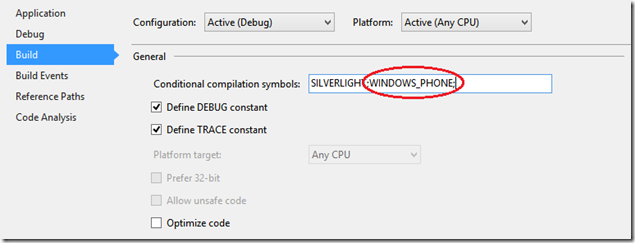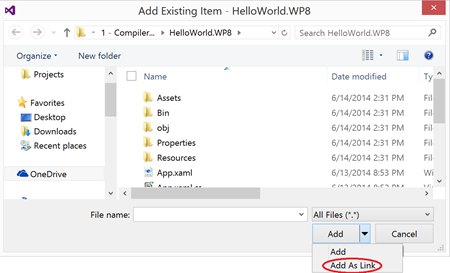New Years Resolutions 2015
This is my annual post where I publicly declare a few goals for the coming year. Next year around this time I will take a look back to see how I did. Looking back at last year I noticed that some of my resolutions didn’t have objective measurements, so I’m trying to include those this year.
Speak More
They say you really learn something when teaching it, and I can speaking forced me to deeply learn the topics I was presenting. I really enjoyed speaking at my local .Net user’s group as well as Boston Code Camp and Vermont Code Camp. I’m going to submit sessions to all both code camps, my local user group and at least 2 larger conferences. All I can do is submit, the decision about whether I speak is out of my hands.
Blog More Consistently
Last year I resolved to blog more, which I did, but I had long stretches without any new posts. This year I’ve been receiving John Sonmez‘s email course on building a blog. It’s been an excellent course, and I would highly recommend signing up. One of the steps in the course is to commit to a blogging schedule. I’m committing to 2 posts per month. A much more objective goal than I had last year. Don’t be surprised if you see 2 posts on the last day of every month ![]()
Finish My Side Project
A friend and I have been working on a rental property management web application for a while now. We both started new jobs in the middle of it and we’re both burnt out to the point that we were close to ditching it. We are down to a handful of tough bugs and a few minor features we want to implement before releasing. We’ve been on a hiatus for a month now, I’m thinking I’ll take another month hiatus before picking it back up, but I will release it by May 1, 2015 with bugs and missing features if I have to.
Personal Goals
Lose Weight – As I said last year, this one is a bit cliche for a New Year’s resolution, and last year wasn’t a grand success. I only lost 5 of the 40 I figured I needed to lose. This year I’m going to target losing 20 of the remaining 35. I’ll tackle the rest in 2016.
Finish House Projects – I have projects that I started basically as soon as I bought this house 5+ years ago that still haven’t been completed. These are things I can do myself and I have been loath to hire them out. I’m either going to do them myself or hire them out this year:
- Fix the hole in the kitchen ceiling
- Sheetrock the attic
- Finish the trim on the second floor
- Remove the unused oil tank in the basement
- Paint the house

